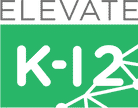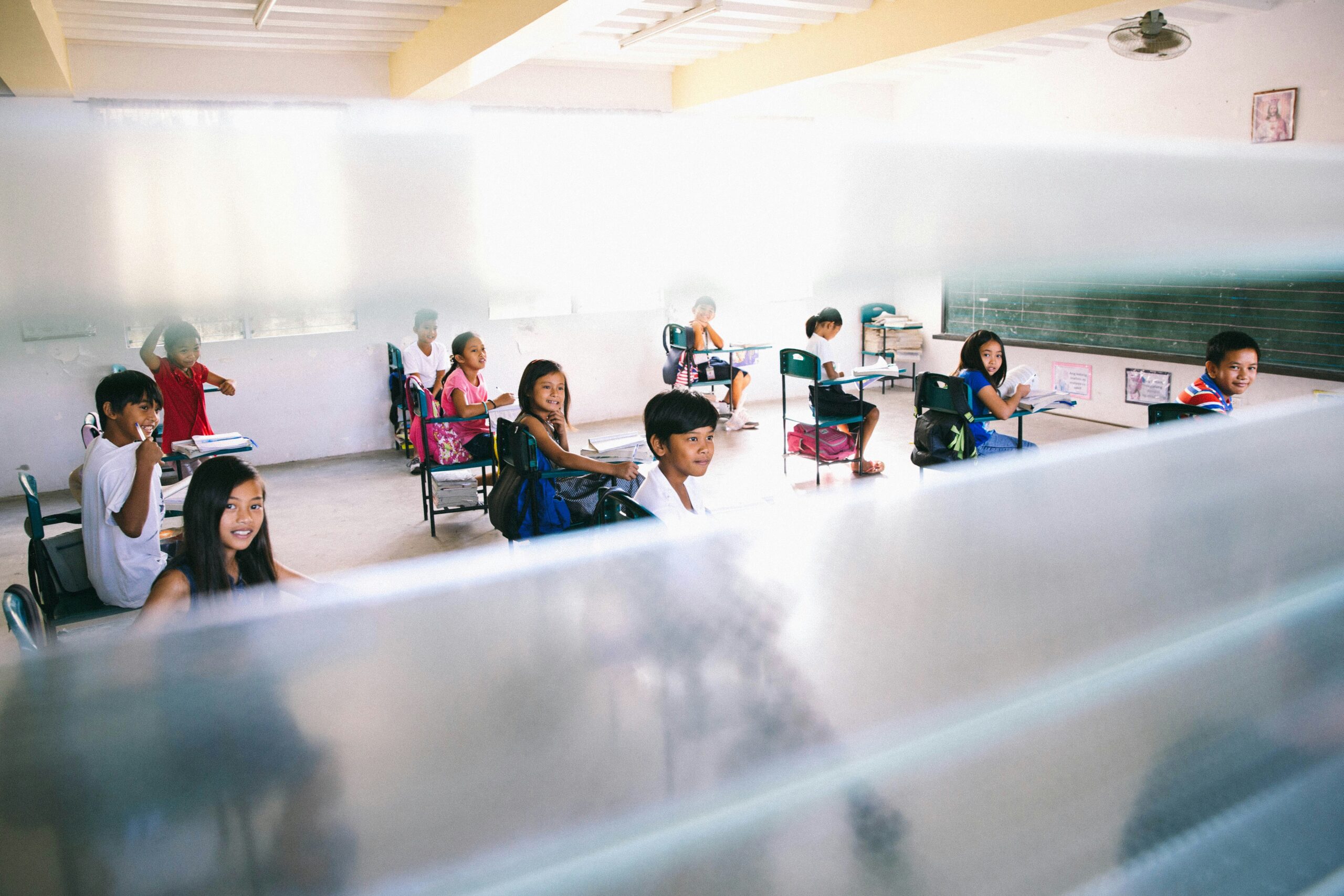Numerous studies show that the summer break can lead to significant learning losses, particularly in English and math. At a time when at least 50% of students are below grade level in one or more subjects, we can’t afford additional setbacks.
Summer academic enrichment programs can be a lifeline for students struggling to keep up with their peers. These programs can reinforce learning from the academic year, teach vital study skills, and improve engagement with the learning opportunities ahead.
In many cases, they’re also an opportunity for students to build their social skills, make friends, and feel more at home in the school environment.
This article will explore how you can effectively design, run, and measure summer academic enrichment programs for your students.
What Is a Summer Academic Enrichment Program?
Summer academic enrichment programs (SAEP) are a structured way for students to strengthen their skills, raise their GPAs, and explore new interests during the vacation.
Programs can range from a one-week session to an eight-week course. They might be held on campus, remotely, or through hybrid learning. Schools can use them to prepare rising college students ahead of enrollment or to keep elementary, middle school, and high school students on track.
In 2023, 78% of public schools offered summer programs, largely thanks to federal funding from the American Rescue Plan. The effectiveness of these enrichment courses prompted leaders to devote more funds to them to close education gaps.
Without summer learning, performance and achievement gaps between students can grow due to the phenomenon known as the “summer slide.” Effective, engaging enrichment programs not only stop the gap from widening but can also actively reduce it, improving school outcomes throughout the academic year.
Summer learning is one of the most common ways for schools to catch up students who are struggling academically. They also provide important structure and social interactions for children whose parents can’t provide them with continuous care during the long summer break.
There’s even evidence that targeted summer programs can improve social skills, mental health, attendance, reading levels, and math scores — while decreasing involvement in crime and drugs.
Crucially, summer enrichment programs also allow students to try more elective subjects, from foreign languages to robotics. As children explore new interests, they become more engaged with education and gain valuable skills for college programs and careers in the future.
5 Ways To Create an Effective Summer Academic Enrichment Program
Summer learning programs can be life-changing for students. However, they only work when they’re engaging, relevant to students, and in sync with their needs. If you’re considering implementing a summer program in your school, these best practices will help maximize its impact.
1. Assess Student Interests and Needs
The first step in designing or choosing a program is understanding your students’ needs. To discover this, you’ll need to go beyond just auditing their grades for the year.
Surveys and focus groups can help you understand what students want and what interests them. You can also speak to parents to learn more about their priorities, home capabilities (such as access to broadband), and childcare coverage.
2. Integrate Diverse Learning Experiences
There are two reasons to make summer learning diverse. First, you’ll achieve better results by offering a variety of formats to accommodate different learning styles and preferences.
Second, it’s still summer break, and students who need additional help shouldn’t feel like they’re being punished or forced to miss out on summer activities.
Non-traditional learning avenues, such as hands-on workshops, field trips, seminars, and projects, can make the educational experience fun and exciting for students.
3. Collaborate With Local Organizations
Although funding is available for school districts that want to help students catch up academically, your resources may still be limited. However, there are ways to add more experiences to the summer academic enrichment program without burning through funds.
Look for opportunities to partner with local businesses, specialists, or museums. They might be interested in running a workshop, offering hands-on experience, or giving your students an immersive guided tour.
4. Use Technology and Online Learning Tools
Digital platforms allow you to offer students an even more comprehensive range of subjects — without adding field trips or searching for experienced teachers in your area. Some of them will also help you tailor your online summer school programs for students at different levels.
For example, Elevate K-12 offers summer computer science programs for elementary, middle, and high school students. Each course is taught remotely by a certified, U.S.-based teacher with the time and skills to accommodate each student’s specific needs.
5. Offer Flexibility in Program Design
To maximize student and family engagement, you must offer flexible scheduling for your summer programs. Multiple program dates, a choice of course times, and a variety of modules can help students fit learning into their lives.
Supplemental learning can work to fill any gaps that this schedule creates. For example, if you want students to benefit from live instruction but don’t have the teachers to cover every day of the week, then you could supplement with Elevate’s remote LIVE teaching.
How To Measure Program Success and Student Outcomes
Over time, summer enrichment will lead to higher student engagement, greater learning retention, and even improved social skills. But you also need methods to assess programs in the short term and ensure they’re on target.
Set Clear Goals and Objectives
Every summer learning program in your school district should have clear goals and objectives. Targets can be academic or social, but ideally, they should include both.
To make assessments easier, look for supplemental learning programs with built-in frameworks for setting and measuring goals. For example, every Elevate K-12 course begins by setting objectives with an Academic Coach. Educators log progress toward those goals daily so you can see classes moving forward in their learning.
Implement Pre- and Post-Program Assessments
You can also measure the impact of summer programs by assessing students before and after they take part. Test scores, survey responses, and behavioral metrics can all help you weigh progress.
Once again, supplemental resources may have built-in ways to measure changes in student learning and engagement.
When students join a LIVE class with Elevate K-12, the portal automatically collects engagement data so that teachers can identify students falling behind. Students also complete regular formative assessments and projects as part of each unit.
Gather Feedback From the Students
Because summer programs aim to improve student engagement, one of the best measures of student success is how learners feel about the course. You can hold debrief sessions with students after the program ends or run surveys before, during, and after a course.
This qualitative data can help you understand other metrics, such as test scores and engagement levels. For example, it might identify new subjects that students want to try or highlight a gap in learning formats.
Elevate K-12 courses include two surveys with students and staff during and after LIVE summer courses. Participants can rate the course on effectiveness, interest, and the quality of class leaders.
Create Better Summer Learning Experiences With Elevate K-12
Summer academic enrichment programs can reduce learning loss, help students catch up with their peers, and even open up future careers and interests. However, it can be challenging for schools to develop and implement structured but flexible programs that accommodate a wide range of learning styles and levels.
At Elevate K-12, we help schools support their students with effective summer learning. Our programs allow students to explore new subjects and expand their knowledge. By prioritizing LIVE classes, interactive content, and student engagement, we bring gold-standard teaching to every lesson.
Start closing the opportunity gap for students with Summer School LIVE.

